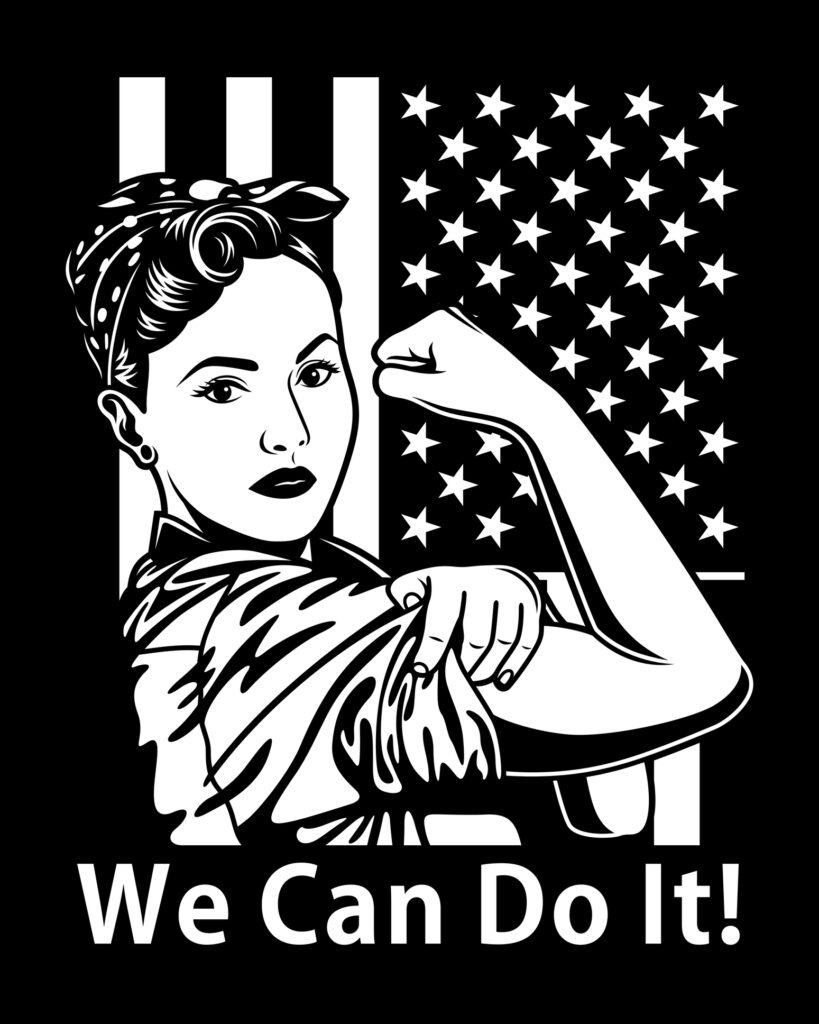
Grades 9-12
Happy EconEdMonth! Celebrate economics all month long by visiting EconEdMonth.org

Don't have an account yet? Sign up for free
Don't have an account yet? Sign up for free


According to Gallup, Americans have considered the state of the economy “among the most important U.S. problems” since 2008. The issues frequently debated leading up to any presidential campaign include many economic issues such as improving the economy, how to reduce unemployment, the federal deficit, and taxes. Similar topics have highlighted many of the debates leading up to the 2016 election.
During the party nominating conventions in presidential election years, each political party creates a party platform reflecting its values, aims, and principles. These documents frequently give detailed insight into how presidential candidates perceive economic issues and what their priorities are when/if they get elected. This kind of information helps voters better understand the differences between candidates so they can cast their ballots for the candidate who most closely reflects their stance on the major issues.
Students are introduced to the concepts of liberal and conservative and the association of these with the Democrats and Republicans. Using the party platforms, groups of students determine whether different quotes about economic issues came from the Democrats’ or the Republicans’ platform. Students use the platforms to compare and contrast the views of the parties. An economic ideology chart is then completed using issues that are discussed by both parties. Finally, students, in an optional activity, arrange quotes from 2016 candidates into the correct party/ideology.
Hillary Clinton (D) – #4, 6, 12, 15
Bernie Sanders (D) – #1, 10, 13
Martin O’Malley (D) – #7
Ted Cruz (R) – #2, 8
Jeb Bush (R) – #5
Donald Trump (R) – #3, 14
Chris Christie (R) – #11, 16
Ben Carson (R) – #9
Republican X, how do you feel about raising the minimum wage so low income workers will have more money to pay their bills?
Democrat Y, why do you feel that wealthy people should pay higher taxes so that more people can have healthcare coverage?
Extension Activity not available.
Multiple Choice
Constructed Response
Choose two current economic issues and analyze how liberals and conservatives have different views on the causes/solutions to those issues.
Answers will vary; however, many will choose taxes, minimum wage or overall spending as the current issues. Students should be able to explain the party platform on each issue and relate that stance back to liberal or conservative ideology (i.e. students need to explain why Republicans want to reduce taxes or why Democrats favor raising the minimum wage, based on their different ideological views.) Allowing students to refer back to the Party Platforms and cite specific text as evidence is recommended.

Grades 9-12


Content Partner
Grades 6-8, 9-12

Grades 9-12
